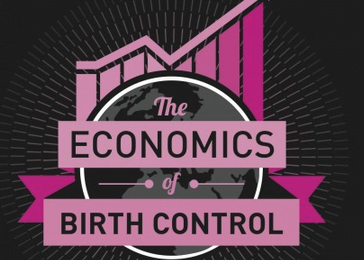Policymakers and activists are meeting in Adis Ababa, Ethiopia this week for the International Conference on Family Planning. This is a big confab that focuses on one of the most single most important issues of our time.
There are about 222 million women in the world who want access to modern family planning services but cannot access it. This is referred to an “unmet need” for contraception, and 73% of women with an unmet need for modern contraception live in the world’s 69 poorest countries.
With access to family planning comes greater wealth and prosperity for both women, their families, villages, towns, cities and countries. On a personal level, Women with access to contraception have 40% more earnings than those who don’t. On a national level, countries with high rates of contraception prevalence are better off than those without. A USAID study showed that for every dollar invested in family planning and reproductive health, countries can save in education, immunization, water and sanitation.
Investing in family planning can lead to what economists have called a “demographic dividend” which links economic prosperity to people live longer lives and have smaller families.
Here’s an infographic that explains the concept. It was created by Population Action International for the International Family Planning Conference.

